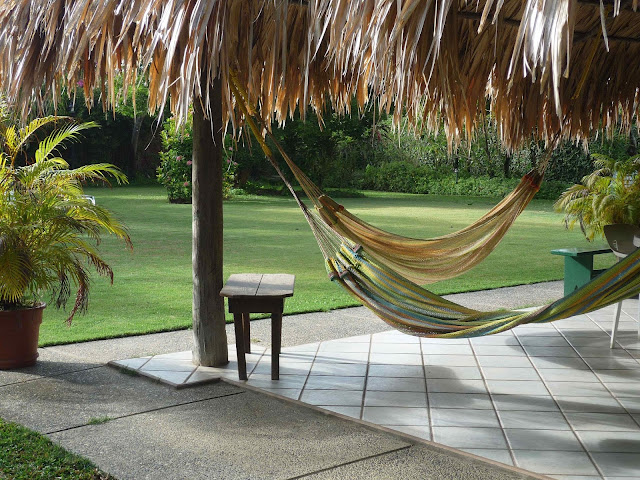Immortalised on the Money

On the occasion of the 58 th anniversary of independence, Faraaz Abdool presents the feathered icons of Trinidad and Tobago, through his photographs, with a plea for greater sensitivity to the wildlife that the islands sustain. Photos by Faraaz Abdool Here in Trinidad and Tobago, birds feature prominently on our coat of arms, currency and as emblems for many of our national organizations. Even a cursory glance leads one to realize that birds are everywhere – from the police to the postal service to the national airline. Such is the extent of birdlife within our twin-island republic that we are one of the few countries to have more than one official national bird! After hummingbirds, one of our well-known birds is the Scarlet Ibis. This wading bird certainly lives up to its name, attaining an almost unreal colour by the time it reaches maturity. As a family, ibises span the globe – but none are as brilliant as the Scarlet Ibis. These resplendent birds are an ecotourism beacon for...


